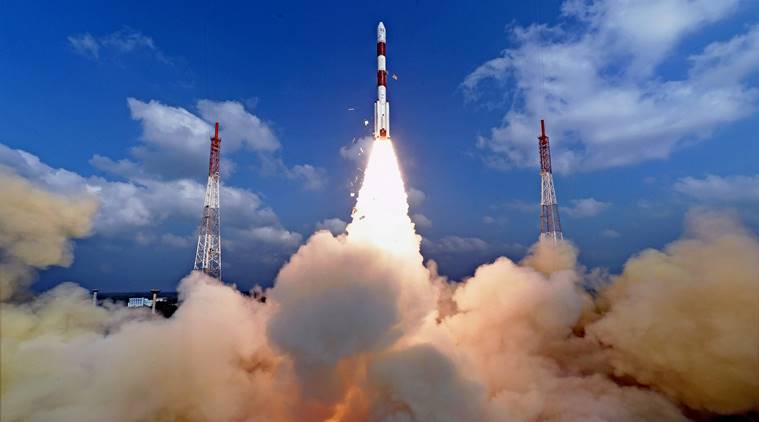- India
- International
CubeSat: New mini satellite can be propelled with water
Scientists have developed a new type of miniature satellite called CubeSat that can be manoeuvred in space with tiny bursts of water vapour. Low-cost microsatellites and nanosatellites - far smaller than conventional spacecraft - have become increasingly prevalent.
 Scientists have developed a new type of miniature satellite called CubeSat that can be manoeuvred in space with tiny bursts of water vapour. (Image for representational purpose)
Scientists have developed a new type of miniature satellite called CubeSat that can be manoeuvred in space with tiny bursts of water vapour. (Image for representational purpose)
Scientists have developed a new type of miniature satellite called CubeSat that can be manoeuvred in space with tiny bursts of water vapour. Low-cost micro satellites and nano satellites – far smaller than conventional spacecraft – have become increasingly prevalent.
Thousands of these miniature satellites might be launched to perform a variety of tasks, from high-resolution imaging and internet services, to disaster response, environmental monitoring and military surveillance. “They offer an opportunity for new missions, such as constellation flying and exploration that their larger counterparts cannot economically achieve,” said Alina Alexeenko, a professor at Purdue University in the US.
However, to achieve their full potential, CubeSats require micropropulsion devices to deliver precise low-thrust “impulse bits” for scientific, commercial and military space applications.The new micropropulsion system uses ultra-purified water, researchers said. The new system, called a Film-Evaporation MEMS Tunable Array (FEMTA) thruster, uses capillaries small enough to harness the microscopic properties of water.
Since the capillaries are only about 10 micrometers indiameter, the surface tension of the fluid keeps it from flowing out, even in the vacuum of space.Activating small heaters located near the ends of the capillaries creates water vapour and provides thrust.In this way, the capillaries become valves that can be turned on and off by activating the heaters. The technology is similar to an inkjet printer, which uses heaters to push out droplets of ink.
“Water is thought to be abundant on the Martian moon Phobos, making it potentially a huge gas station in space,” Alexeenko said. “Water is also a very clean propellant, reducing risk of contamination of sensitive instruments by the backflow from thruster plumes,” he said. CubeSats are made up of several units, each measuring 10 cubic centimetres. In the research, four FEMTA thrusters loaded with about a teaspoon of water were integrated into a one-unit CubeSat prototype and tested in a vacuum.

The prototype, which weighs 2.8 kilogrammes, contained electronics and an inertial measurement unit sensor to monitor the performance of the thruster system, which rotates the satellite using short-lived bursts of water vapour. Typical satellites are about the size of a school bus, weigh thousands of pounds and sometimes cost hundreds of millions of dollars.
While conventional satellites require specialised electronics that can withstand the harsh conditions of space, CubeSats can be built with low-cost, off-the-shelf components.Constellations of many inexpensive, disposable satellites might be launched, minimising the impact of losing individual satellites.
More Tech
May 03: Latest News
- 01
- 02
- 03
- 04
- 05





























